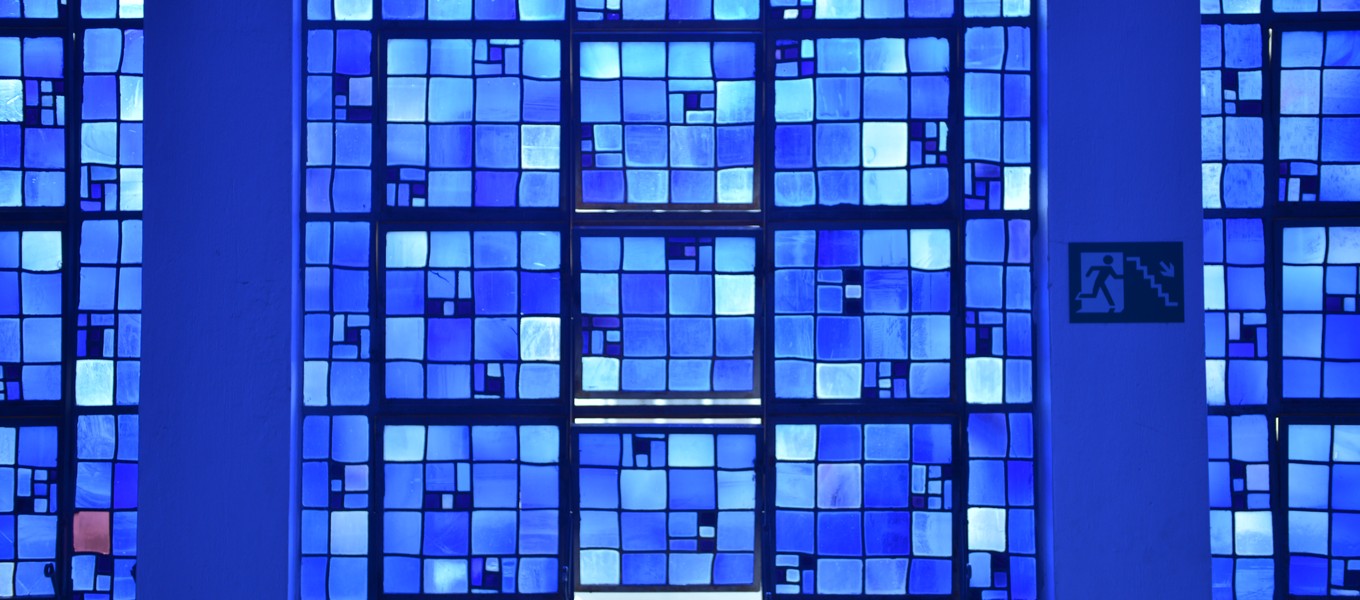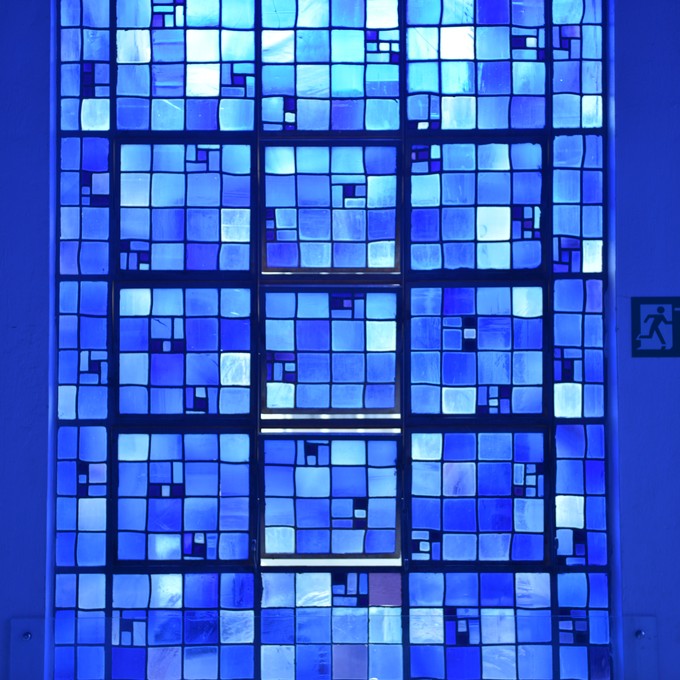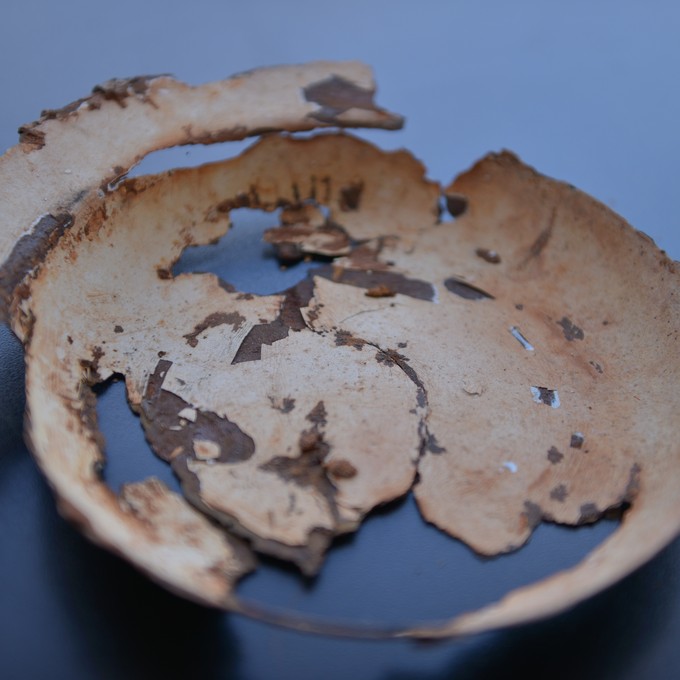Dane Komljen
L'année où les satellites naissaient - Installation - 2015
presented as part of the exhibition Panorama 17



"First came frogs and snakes,” one said. After the animals, there came water, submerging gates, doors, windows, pillows, spoons, plates. It was 1960.
“You’d fall asleep and you’d see new streets, hundreds of new houses constructed during the night,” another said. As they built the city, they gathered spare parts, pieces of wood and metal, using them to build another city, one for themselves and for those they lived with.
In order for the city to be finished, theirs needed to be flooded. The lake had always been part of the plan, a perfect complement to the outstretched wings of the avenues and the blissfully uniform neighbourhoods, gifting this city of the arid plains with the necessary humidity. Their own city never appeared in the plans.
People waited for the rising water to erase what they had built just for themselves. They didn’t want to leave their houses on their own. After the frogs and snakes left the plain, the people followed, to new satellites scattered across the hills, linked to the city by highways and roundabouts: lines and dots, circles and squares, new stars and the black spaces between them.
If you went to the place where they waited for the water to come a year earlier, you’d find nothing. It was 1959.
Dane Komljen
Production
Acknowledgments
Ivany Neiva, Kitayama family, Guilherme Aguiar, Petronio Dias da Silva, Walter Venson, André Corrêa, Toninho de Souza, Andrade Junior, José Ricardo Silva dos Santos, Mariana Amaral, Sandro Lima, Alice Furtado, Camila Freitas, Ivan Markovic, Bárbara Palomino Ruiz, David Rodes
